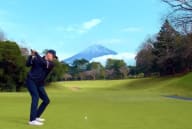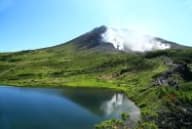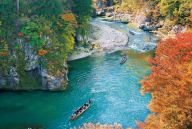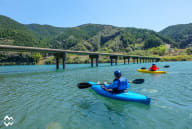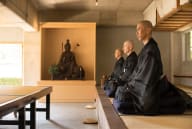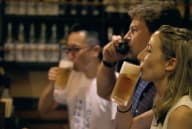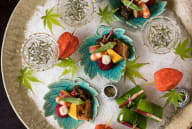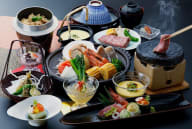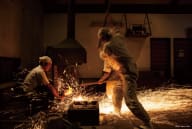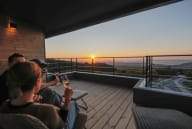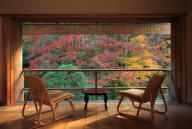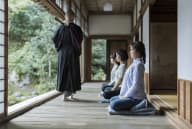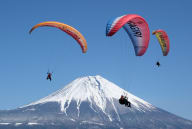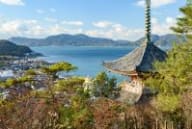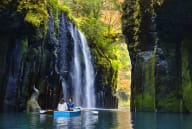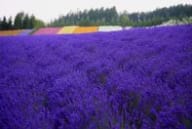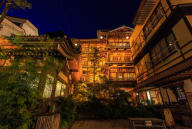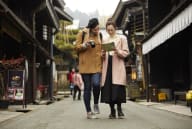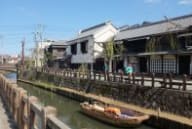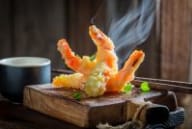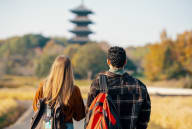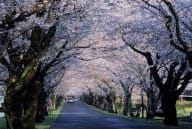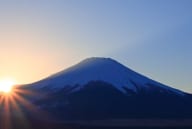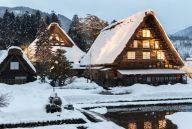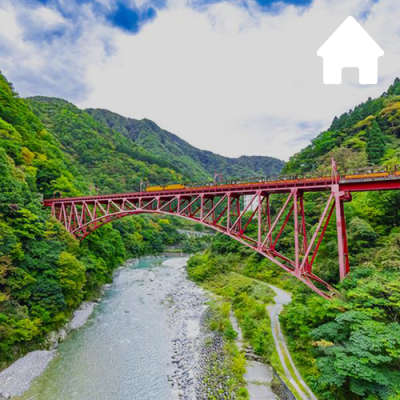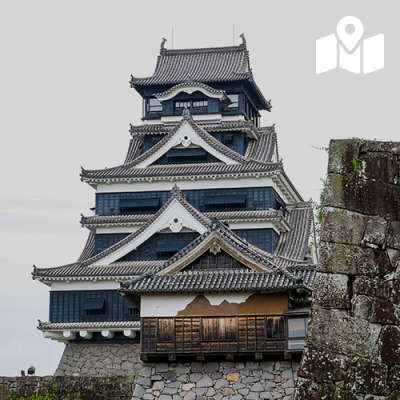Use the
Planning a Trip to Japan?
Share your travel photos with us by hashtagging your images with #visitjapanjp
Off the southwest coast of Japan’s main island lies Shikoku, a land where deep history, vibrant culture, and generous nature intertwine. Scattered across its mountains and valleys are pockets of traditional craft and small-scale manufacturing, each sustained by communities that live in harmony with the environment. Through hands-on projects they revive fading arts and local knowledge, creating a true cycle of “saving lives” in every sense. Come see, feel, and learn in these satoyama landscapes, and you may find new power to safeguard both your own future and the planet’s.
Local Insight

We asked Masaaki Kagawa, president of Sanuki Mengyo, which runs the handmade udon workshop tour, to share his insights.
Q. What makes this tour special?
Our company has been making udon in Kagawa for over 90 years, spanning three generations. In this workshop, we teach guests how to make hand-stretched Sanuki udon using a method simple enough to try again at home. We start with a short video introducing the history of udon and how it became a part of everyday life here in Kagawa. After that, guests try the full process for themselves, combining flour with salted water, kneading the dough, rolling it out with a pin, folding it, and slicing it with a knife. Once the noodles are ready, we serve them both hot and cold, alongside tempura and Sanuki-style oden. Because the start time is flexible, many guests enjoy it as a lunch or dinner experience. At the end, we give each guest their own rolling pin and a certificate to take home.
Q. What is the wider appeal of the Takamatsu area in Shikoku?
Kagawa is home to famous sites like Ritsurin Garden and Kotohiragu Shrine, but if you’ve made it this far, I really think you should eat udon. Even just within Takamatsu City, you’ll find all kinds of udon shops, each with its own character. If you take a taxi during the day, you can easily visit three or four places and compare their styles. Then in the evening, I hope you'll come to our workshop and try making udon yourself.
Q. How does the tour echo EXPO 2025’s theme: Saving Lives?
Takamatsu is actively working on sustainability. Our company was the first to sign an agreement with the city to provide leftover udon as a resource for biomass energy trials. We’re also part of Kagawa’s Udon Total Recycling Project, which uses discarded noodles to generate biogas. The leftover byproduct becomes fertilizer to grow wheat and green onions, which are then used to make more udon. I believe this traditional food culture is evolving in a uniquely local way—one that supports circular systems and contributes to a more sustainable future.
DAY 1
Osaka

DAY 2
Countryside Living Experience
Tokushima

Farm-stay at Sora no Yado Isogai—perched on steep 400-m slopes ringed by mountains.

Shape dumplings with seasonal fillings, side-by-side with farmer Isogai.
After a highway bus and local train ride from Osaka, you’ll arrive in a tiny mountain hamlet of Tokushima Prefecture. Your hosts are the Isogai family, who have farmed these slopes for more than 400 years. Alongside year-round fields of seasonal vegetables and heritage grains, they run a farm-stay that lets guests step into an older rhythm of mountain life. Try your hand at cultivating the steep terraces—recognized as a Globally Important Agricultural Heritage System—then turn the day’s harvest into rustic regional dishes in the family kitchen. By quietly sharing the Isogais’ daily routine, you’ll savor the true flavor and wisdom of satoyama living.
DAY 3
Hand-made Udon Workshop
Kagawa

Take home your own rolling pin so you can hand-roll udon just as you learned.
A two-hour train ride brings you to Takamatsu, Kagawa’s capital. Just a ten-minute walk from the station stands Sanuki Mengyo, a family-run udon shop that has spent more than 90 years—three generations—“eating, sleeping, and dreaming of noodles.” Kagawa is Japan’s undisputed udon kingdom, leading the nation in both production and per-capita consumption, and here you can learn the prefecture’s signature food from scratch. Under the patient eye of master noodle-makers, even first-timers knead, fold, and cut dough, then boil their own noodles on the spot—the springy texture and fresh aroma will surprise you.
Travel on to Marugame and step into the 400-year story of Marugame Uchiwa fans. Your visit helps carry this delicate craft—and its understated beauty—into the future.

Craft a traditional Marugame uchiwa fan—carrying the artisan’s skill and spirit into the future.
DAY 4
Revitalized Castle Town
Ehime

After an extensive five-and-a-half-year restoration, Dogo Onsen Honkan fully reopened last year.
Ride a streetcar from central Matsuyama to Dogo Onsen, soaking in the charming streetscape along the way. Slip into the waters of the Dogo Onsen Honkan—a symbol of Japan’s oldest hot spring, with some 3,000 years of history—and let its storied baths revive you.
Reenergized, board a limited-express train straight to Ozu, an old castle town often called “Little Kyoto of Iyo.” Traditional townhouses line its lanes, but many once sat abandoned as owners aged, leaving the streetscape at risk. Today a public-private partnership is turning things around: restoring key buildings, protecting cultural heritage, and repurposing them for sustainable tourism. The project has earned international praise in recent years. Join a guided walking tour to meet local residents and hear the full back-story while exploring a town that is writing a new future from its past.

One of Japan’s largest “dispersed hotels,” it revives scattered historic buildings so the entire castle town functions as a single, open-air hotel.

Ozu Castle Stay—an exclusive, one-party-per-night experience in the main keep; proceeds fund the preservation of Ozu Castle, other cultural assets, and local performing arts.















